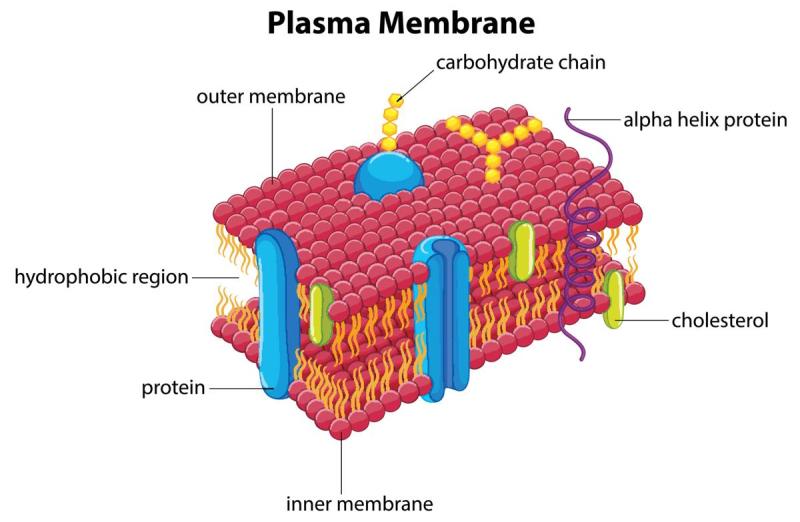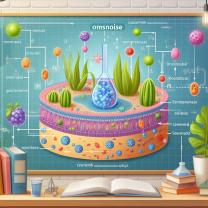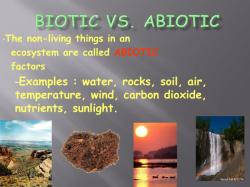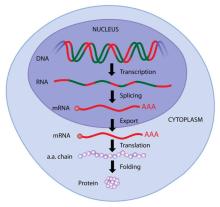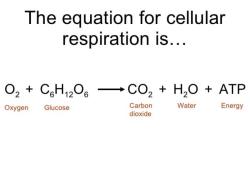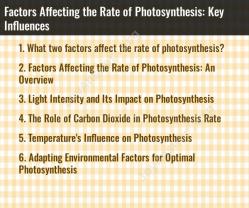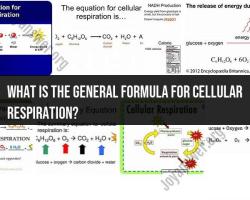What is inside the cell membrane?
The cell membrane, also known as the plasma membrane, is a dynamic structure that surrounds and defines the boundaries of a cell. It plays a crucial role in regulating the passage of substances into and out of the cell. The cell membrane is primarily composed of a lipid bilayer embedded with various proteins. Here are the main components found within the cell membrane:
1. Lipid Bilayer:
- Composition: The fundamental structural component of the cell membrane is the lipid bilayer. It consists of phospholipids, which have a hydrophilic (water-attracting) "head" and hydrophobic (water-repelling) "tails." The lipid bilayer forms a flexible and fluid barrier that separates the internal and external environments of the cell.
2. Phospholipids:
- Function: Phospholipids are amphipathic molecules, meaning they have both hydrophobic and hydrophilic regions. In the lipid bilayer, phospholipids arrange themselves with their hydrophilic heads facing outward toward the aqueous environments (extracellular and intracellular), while their hydrophobic tails are shielded within the membrane.
3. Proteins:
- Integral Proteins: These proteins are embedded within the lipid bilayer and span its entire thickness. They can serve as channels, carriers, receptors, or enzymes.
- Peripheral Proteins: These proteins are found on the inner or outer surface of the membrane, not embedded in the lipid bilayer. They may be involved in signaling, cell shape, or cell adhesion.
4. Cholesterol:
- Function: Cholesterol molecules are interspersed within the lipid bilayer. They provide stability to the membrane and regulate its fluidity. Cholesterol helps prevent the fatty acid chains of phospholipids from packing too closely together, maintaining membrane flexibility.
5. Carbohydrates:
- Glycoproteins: Carbohydrates are often covalently attached to proteins, forming glycoproteins. These extend from the outer surface of the cell membrane and play a crucial role in cell recognition, signaling, and immune response.
- Glycolipids: Carbohydrates can also be attached to lipids, forming glycolipids. Like glycoproteins, they are involved in cell recognition and signaling.
6. Fluid Mosaic Model:
- The structure of the cell membrane is often described by the fluid mosaic model. This model emphasizes the dynamic and flexible nature of the membrane, where lipids, proteins, and other molecules can move laterally within the bilayer.
7. Membrane Proteins Functionality:
- Transport Proteins: Facilitate the movement of ions and molecules across the membrane.
- Receptor Proteins: Bind to specific signaling molecules, initiating cellular responses.
- Enzymes: Catalyze chemical reactions within or near the membrane.
- Cell Adhesion Proteins: Help cells adhere to each other and to their extracellular matrix.
- Recognition Proteins: Play a role in the immune response by recognizing foreign cells or molecules.
8. Selective Permeability:
- The cell membrane is selectively permeable, allowing certain substances to pass through while restricting others. The permeability is determined by the properties of the lipid bilayer and the specific proteins present.
9. Ion Channels:
- Specialized proteins that form channels in the membrane, allowing the selective passage of ions (charged particles) into or out of the cell.
10. Carrier Proteins:
- Facilitate the movement of specific molecules by binding to them and undergoing a conformational change.
In summary, the cell membrane is a complex structure with a diverse array of components. Its dynamic nature and selective permeability are crucial for maintaining cellular integrity, regulating communication with the external environment, and facilitating various cellular processes. The interplay between lipids, proteins, and carbohydrates within the membrane contributes to its functionality and adaptability to changing conditions.
Sure, here are the answers to your questions:
What structures comprise the interior of a cell membrane?
The interior of a cell membrane is primarily composed of a phospholipid bilayer, which is a double layer of phospholipid molecules. Phospholipids are a type of lipid that has a hydrophilic (water-loving) head group and a hydrophobic (water-fearing) tail group. The hydrophilic head groups of the phospholipids face outward, interacting with the watery environment inside and outside the cell, while the hydrophobic tail groups face inward, creating a barrier that prevents water from freely passing through the membrane.
Embedded within the phospholipid bilayer are various proteins and cholesterol molecules. These proteins play a variety of roles, including:
Transport proteins: These proteins allow specific molecules to pass through the membrane, which is otherwise impermeable to most substances.
Enzyme proteins: These proteins catalyze biochemical reactions that occur on the membrane surface or within the membrane itself.
Receptor proteins: These proteins bind to specific molecules on the outside of the cell, triggering signaling pathways that regulate cellular activities.
Structural proteins: These proteins provide support and maintain the shape of the cell membrane.
Cholesterol molecules also play a role in maintaining the structure and fluidity of the cell membrane. They help to prevent the phospholipids from packing too tightly together, which would make the membrane rigid and impermeable.
How do proteins and lipids organize within the cell membrane?
The organization of proteins and lipids within the cell membrane is not random. Proteins and lipids are distributed throughout the membrane in a mosaic pattern, with some proteins and lipids concentrated in specific areas or forming specialized structures. This organization is important for the proper functioning of the cell membrane.
For example, some transport proteins are clustered together to form transport pores, which allow specific molecules to pass through the membrane. Other proteins are anchored to the cytoskeleton, providing structural support and helping to maintain the shape of the cell membrane.
What role do cytoskeletal elements play within the cell membrane?
Cytoskeletal elements, such as microtubules and actin filaments, play a crucial role in maintaining the shape and integrity of the cell membrane. They provide a structural scaffold that supports the cell membrane and prevents it from collapsing. Cytoskeletal elements also aid in cell movement and shape changes, and they help to anchor certain proteins to the cell membrane.
How is the cytoplasm connected to the cell membrane?
The cytoplasm, the gel-like substance that fills the interior of the cell, is connected to the cell membrane through a variety of structures. These structures include:
Integral membrane proteins: These proteins span the entire thickness of the cell membrane, providing a direct connection between the cytoplasm and the extracellular environment.
Peripheral membrane proteins: These proteins are attached to the cytoplasmic surface of the cell membrane, but they do not span the entire thickness of the membrane.
Cytoskeleton-associated proteins: These proteins link the cytoskeletal elements to the cell membrane, providing a physical connection between the internal structures of the cell and the external environment.
What are the functions of organelles in proximity to the cell membrane?
Several organelles are located in close proximity to the cell membrane, and they play important roles in various cellular processes. These organelles include:
Endoplasmic reticulum (ER): The ER is a network of membranes that extends throughout the cytoplasm. It plays a crucial role in protein synthesis, lipid synthesis, and drug detoxification.
Golgi apparatus: The Golgi apparatus is a series of flattened sacs that receives and modifies proteins and lipids from the ER. It is involved in packaging and sorting these molecules for transport to other organelles or to the cell surface.
Lysosomes: Lysosomes are membrane-bound organelles that contain enzymes capable of breaking down a variety of molecules, including proteins, lipids, and carbohydrates. They are involved in cellular recycling and waste removal.
Peroxisomes: Peroxisomes are membrane-bound organelles that contain enzymes that break down harmful peroxides, a type of reactive oxygen species. They play a role in protecting the cell from oxidative damage.
Mitochondria: Mitochondria are the powerhouses of the cell. They are membrane-bound organelles that generate ATP, the cell's energy currency, through a process called cellular respiration.
The close proximity of these organelles to the cell membrane facilitates efficient transport of molecules between the organelles and the extracellular environment. It also allows for the coordination of various cellular processes that involve the cell membrane.
